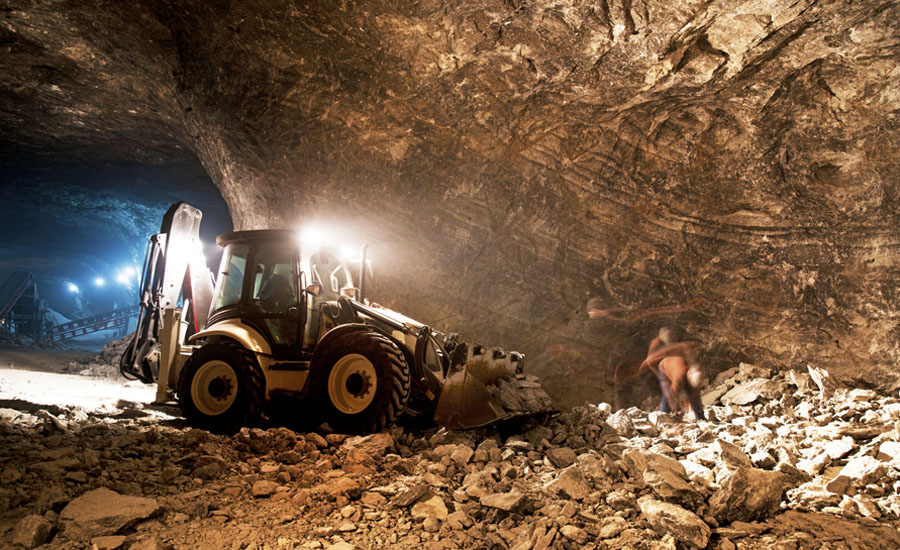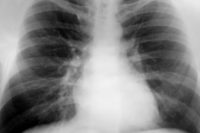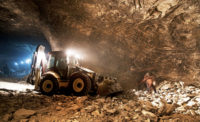Eighteen months after its landmark rule aimed at preventing black lung disease took effect, the Mine Safety and Health Administration (MSHA) is implementing Phase II. Beginning today, underground coal mine operators are required to collect an increased number of coal dust samples, use a continuous personal dust monitor to measure dust levels in real time, and notify miners more quickly about the results of dust sampling. The CPDM is a belt-wearable, computerized device that measures and displays the accumulated and full-shift exposure to respirable coal mine dust
“For the first time, coal miners will know in real time how much coal mine dust they are breathing during their shift, so that immediate corrective actions can be taken,” said Joseph A. Main, assistant secretary of labor for mine safety and health. “This marks the next step in our efforts to end black lung disease once and for all.”
Under Phase II of the rule, CPDMs must be used to monitor underground coal mine occupations exposed to the highest respirable dust concentrations, as well as all miners with evidence of black lung. For high-exposure occupations, 15 valid samples must be obtained every quarter – instead of the five samples previously collected every two months – followed by sampling of 15 shifts for other occupations. Finally, operators must post results of CPDM sampling within 12 hours of the sampled shift, and miners with evidence of black lung must be given a copy of the sample data within the first hour of the miner’s next work shift.
Since the final rule went into effect on Aug. 1, 2014, 87,534 dust samples have been collected from 1,363 surface and underground coal mines by MSHA and mine operators. *Nearly 99 percent of those samples met compliance levels.
Furthermore, MSHA noted a dramatic decrease in coal miners’ exposure to respirable crystalline silica dust, with rates dropping to nearly half of those that were recorded in 2009, the year MSHA launched its End Black Lung – Act Now Campaign. Like black lung, silicosis is a debilitating and potentially deadly lung disease. Respirable coal mine dust levels followed a similar trend, dropping each year since 2009.
Phase I of the rule placed increased requirements on mine operators to assure respirable dust controls are in place to keep dust levels down. Both the silica and coal dust averages dropped to a new low under Phase I.
“This strategically crafted rule was designed to be feasible and to achieve lower exposures to coal mine dust,” said Main. “It is already delivering positive results.”
On Jan. 25, 2016, the U.S. Court of Appeals for the 11th Circuit denied a challenge to the dust rule brought by two separate groups representing the coal industry. The court found that MSHA acted within its statutory authority in promulgating the dust rule, and that MSHA’s dust rule reflected reasonable agency decision making based on an expansive rulemaking record.
The National Institute for Occupational Safety and Health reports black lung has caused or contributed to the deaths of 76,000 coal miners since 1968. The percentage of miners identified with black lung has increased from 5 to 10 percent among long-tenured workers since the late 1990s.



